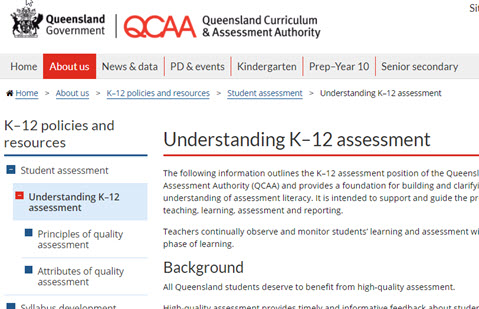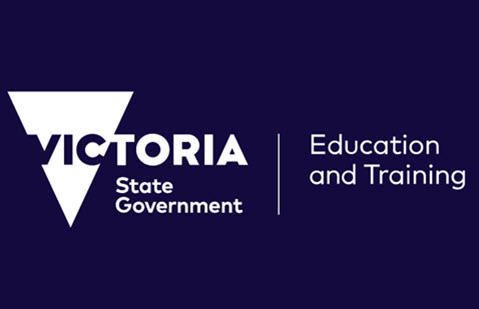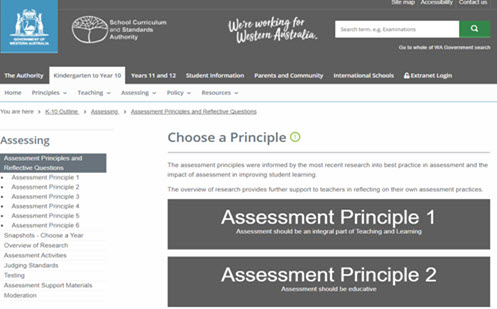Planning for assessment
When planning assessment in Mathematics, there are a number of aspects to consider, such as the following:
- What elements of the achievement standard are you targeting?
- How will you involve your students?
- What evidence will you collect?
- How will the assessment be delivered?

Assessment advice
Using assessment data effectively
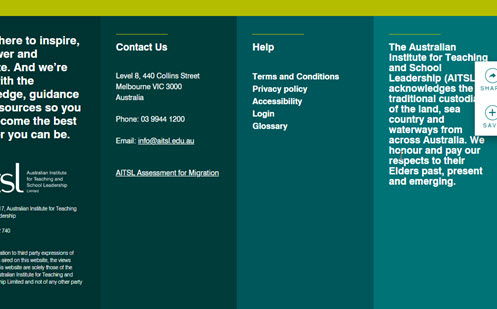
A group of teachers discuss the different types of assessment and how to use them in the classroom.
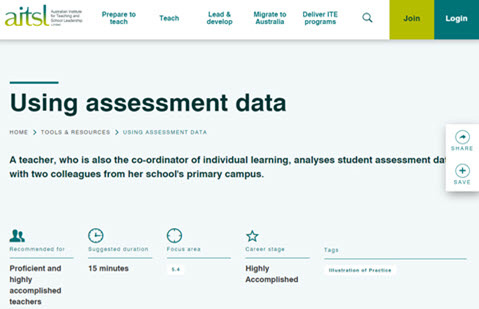
An example of teachers using data to plan a student’s learning program.
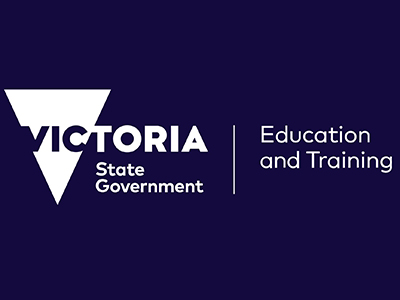
Scaffolding Numeracy in the Middle Years
The Scaffolding Numeracy in the Middle Years 2003-2006 (SNMY) was an Australian Research Council Linkage Project. It was aimed at identifying and refining a learning and assessment framework for the development of multiplicative thinking at this level using rich assessment tasks.
